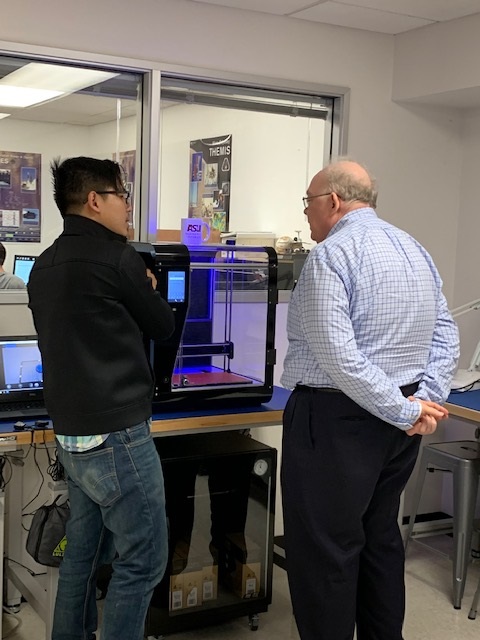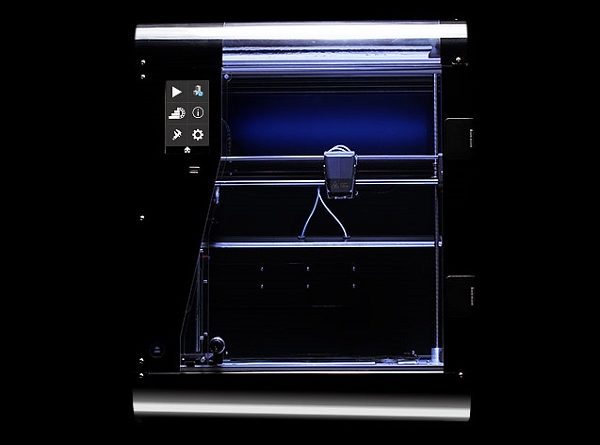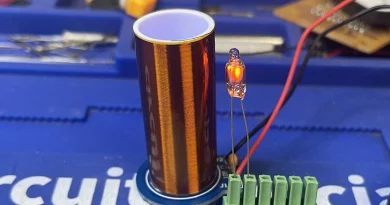3D Printing for STEM: ASU Space Program and the RoboxPro advancing Mars education
Earlier this month we were guests of Sheri Klug Boonstra, Director of the ASU Mars Education Program and one of our local RoboxPro customers, to learn more about their 3D printing review of the RoboxPro and how they use it for their space program. Ms. Boonstra has worked for more than a decade as the Director of the Mars Space Flight Facility and is an expert in her field. She is also STEM program advocate as has consistently implemented STEM initiatives throughout her career. We were able to visit her lab and learn more about how they use 3D printing for STEM and learning and helping space exploration.
ASU has partnered with the Nasa Jet Propulsion Laboratory (JPL) to stimulate students’ interest in space as well as encourage the application of 21st-century skills in the STEM fields. The program provides resources for educators, professionals, and classrooms throughout the country. The Mars program allows students to engage in hands-on experiments that contribute to their understanding of science principles emphasized by their classroom work.
Our newest 3D printing product and one that is a new addition to the Mars lab at ASU is that CEL Robox Pro has a print volume close to triple that of the original Robox. You can find all the printer specs here on our website on the RoboxPro page. The Mars Lab at ASU plans to use the printer to produce prototypes for future missions. 3D printing is being used to further the student’s understanding of complex issues by using a hands-on approach to simulate a similar atmosphere to that of Mars.
The Robox Pro features some of the latest features available to 3D printers such as remote printing capabilities and is designed to make the easiest user experience possible. We also brought some of our own 3D prints from our RoboxPro that day (The red rocket is a file from Thingiverse) to demonstrate the Robox Pro’s capability and as a gift for the laboratory.
We met with some of the graduate students. Some of the things we discussed are confidential and we are not allowed to mention them here but we can tell you that the future looks impressive!
I also had a chance to meet Don Doerres, a Software Engineer at the department and asksome questions about my quadruped walking robot which was printed on the RoboxPro.
Finally, we spoke with some students and introduced them to our new water dissolvable support filaments and explained potential this creates, from passive switches or internal dissolvable parts based on the moisture in the environment and more.



